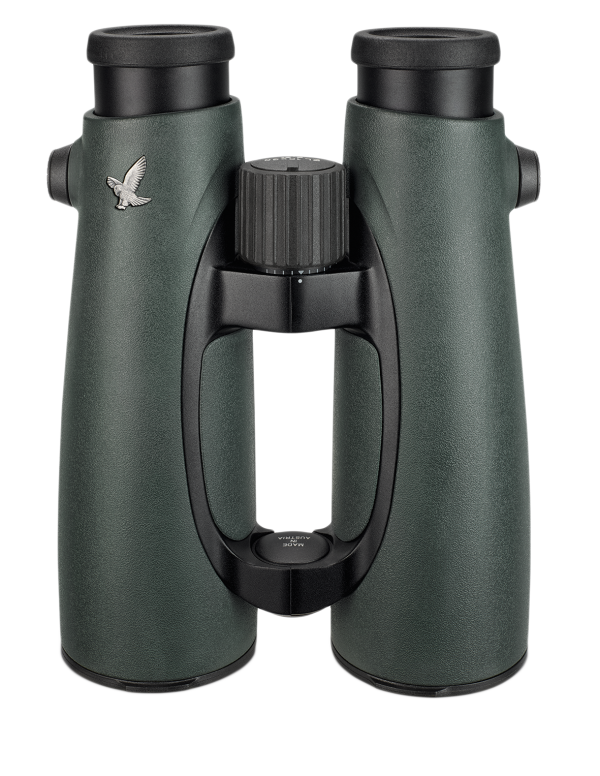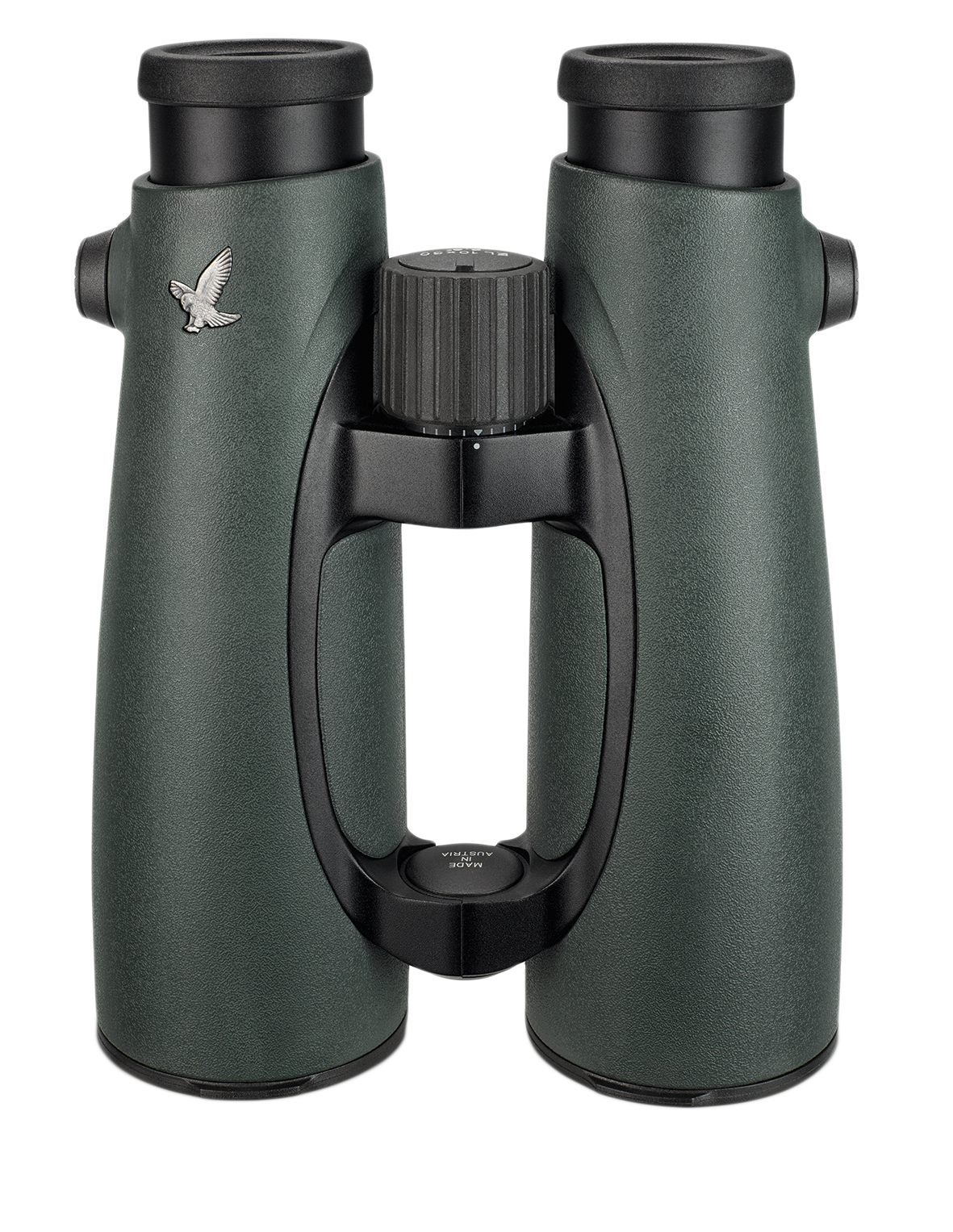
EL 10x50 W B
EL 10x50 binoculars have a large field of view and a 5-mm exit pupil, enabling you to see bright images that are sharp in every detail, even in difficult light conditions.

EL 10x50 binoculars have a large field of view and a 5-mm exit pupil, enabling you to see bright images that are sharp in every detail, even in difficult light conditions.
The objective lens diameter specifies how much light can enter the optics. This makes it a key factor in an instrument’s performance, for example, in twilight. The bigger the objective lens diameter, the more light the objective lens can capture. The darker the surroundings, the larger the objective lens diameter needs to be. Check the precise product name as the number after the ‘x’ specifies the objective lens diameter in millimeters. For example, a device with the suffix 10x42 has an objective lens with a diameter of 42 mm.
EL 10x50 binoculars have a large field of view and a 5-mm exit pupil, enabling you to see bright images that are sharp in every detail, even in difficult light conditions.
 EL 10x50 W B
EL 10x50 W B Customer serviceMon - Thu 8:00 AM - 5:00 PM Fri 8:00 AM - 12 noon00800 3242 5056customerservice@swarovskioptik.com
Customer serviceMon - Thu 8:00 AM - 5:00 PM Fri 8:00 AM - 12 noon00800 3242 5056customerservice@swarovskioptik.com